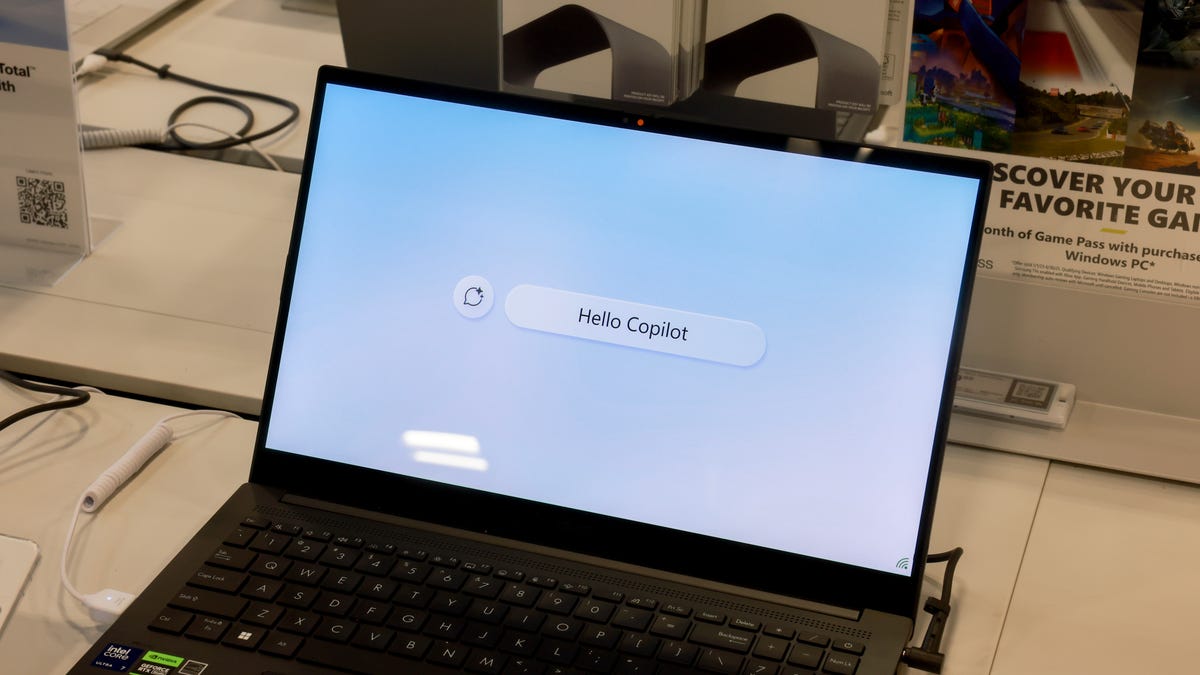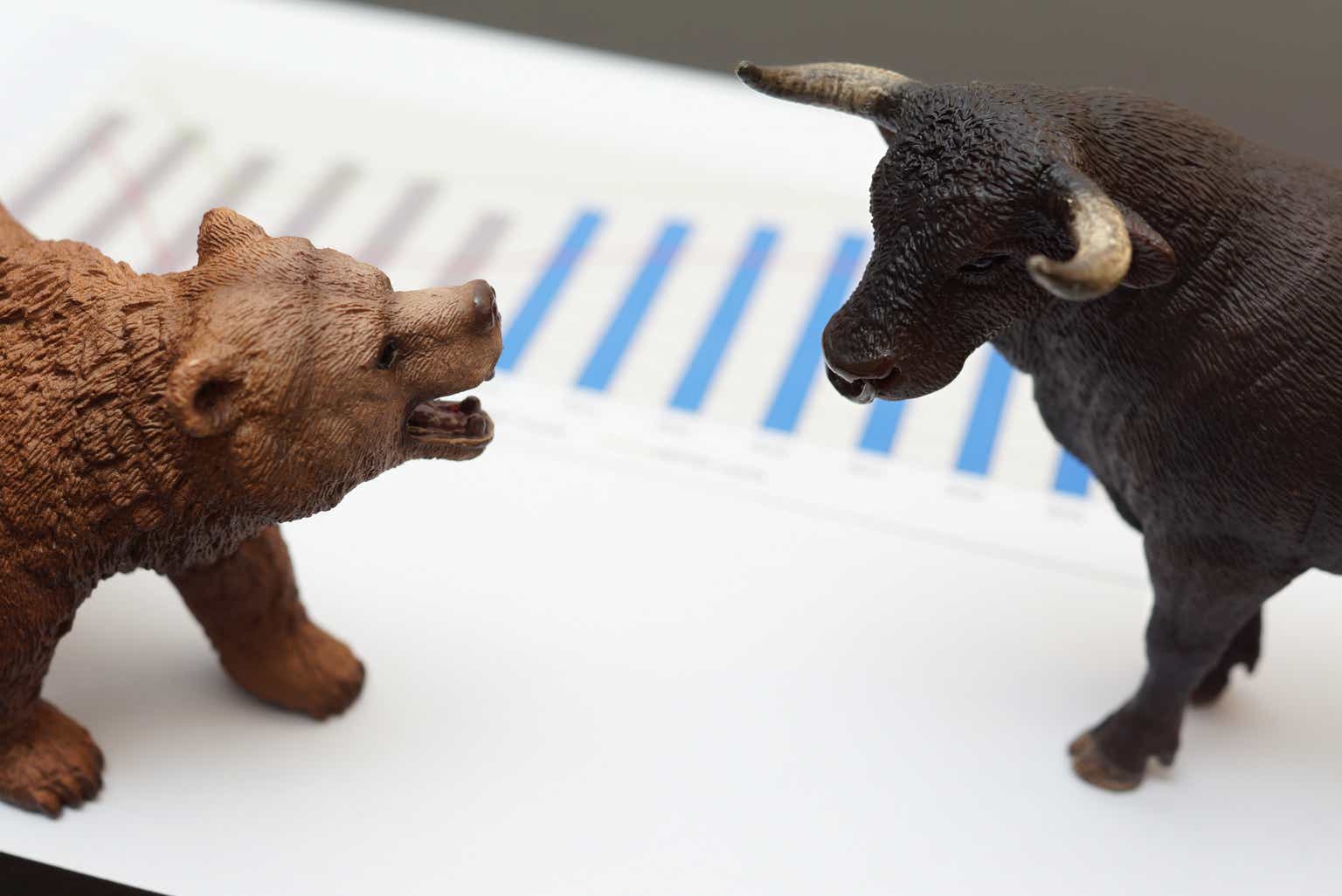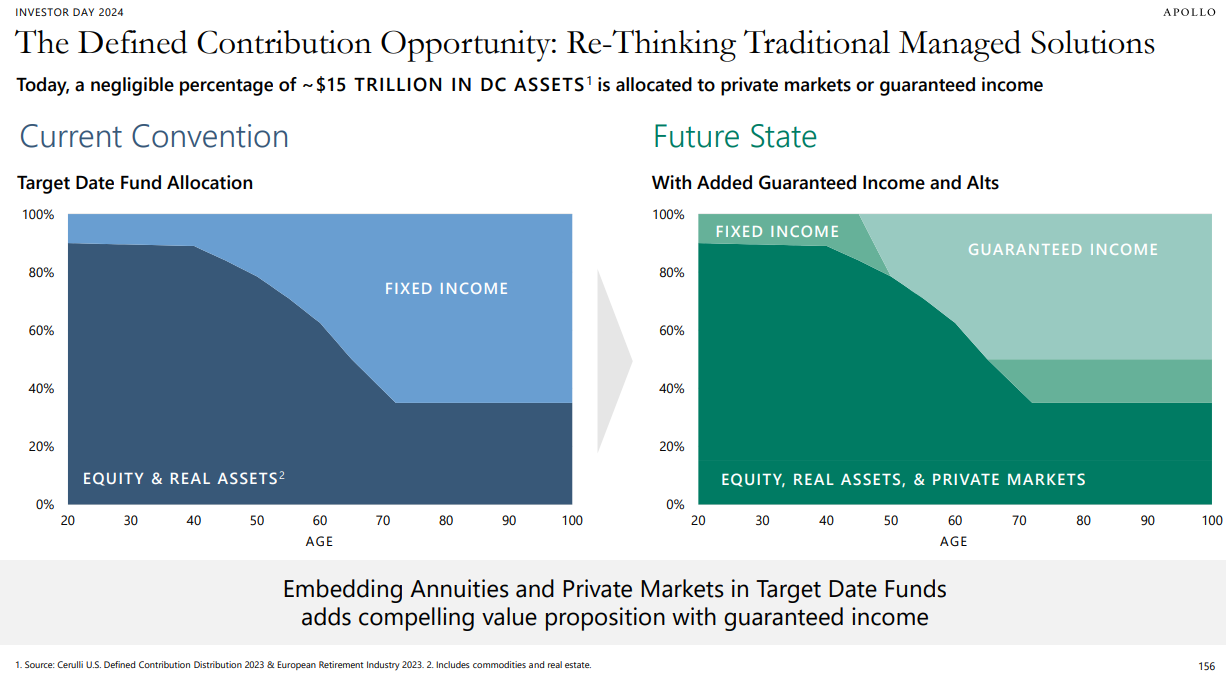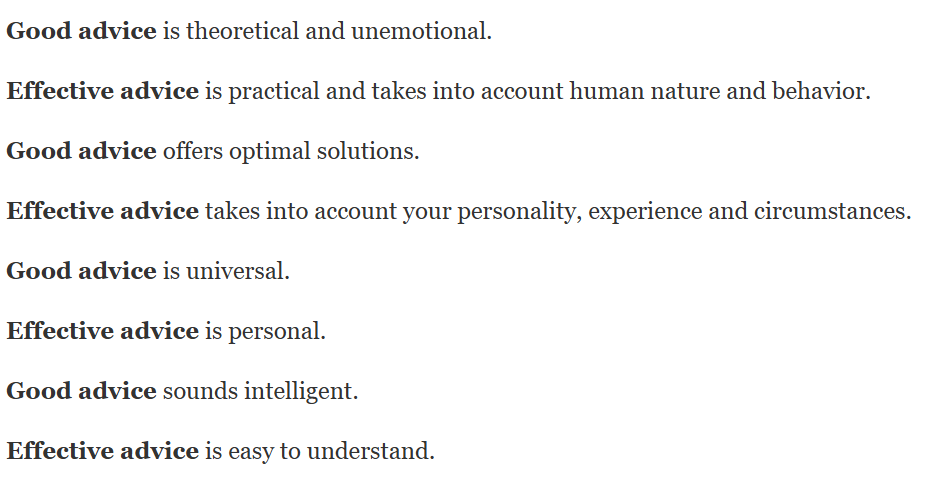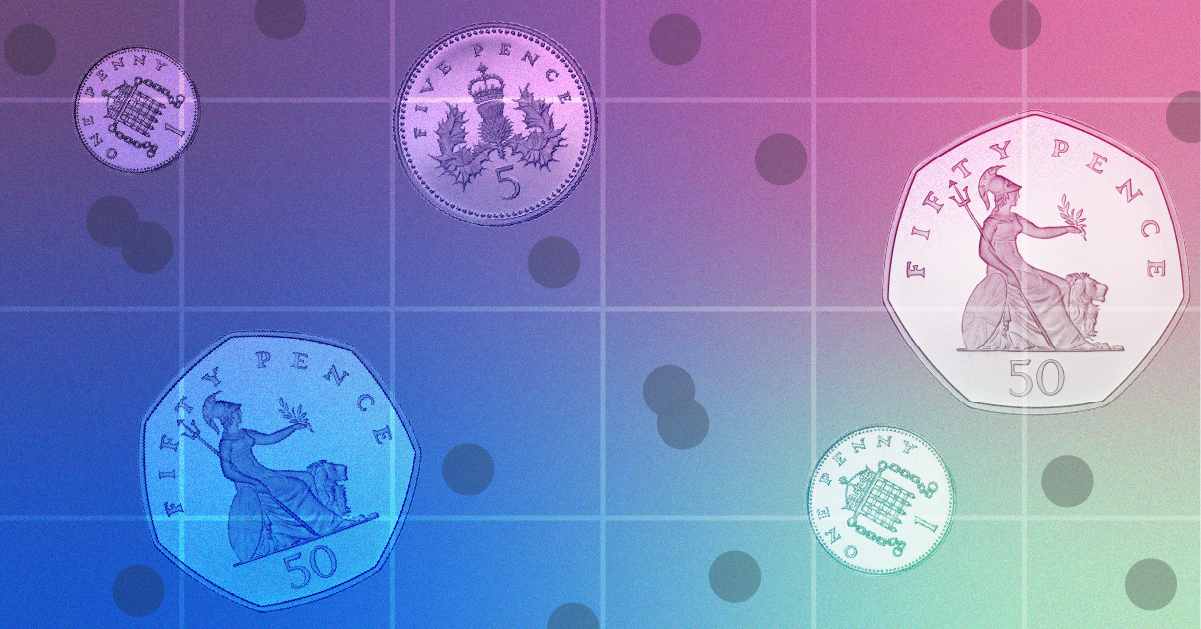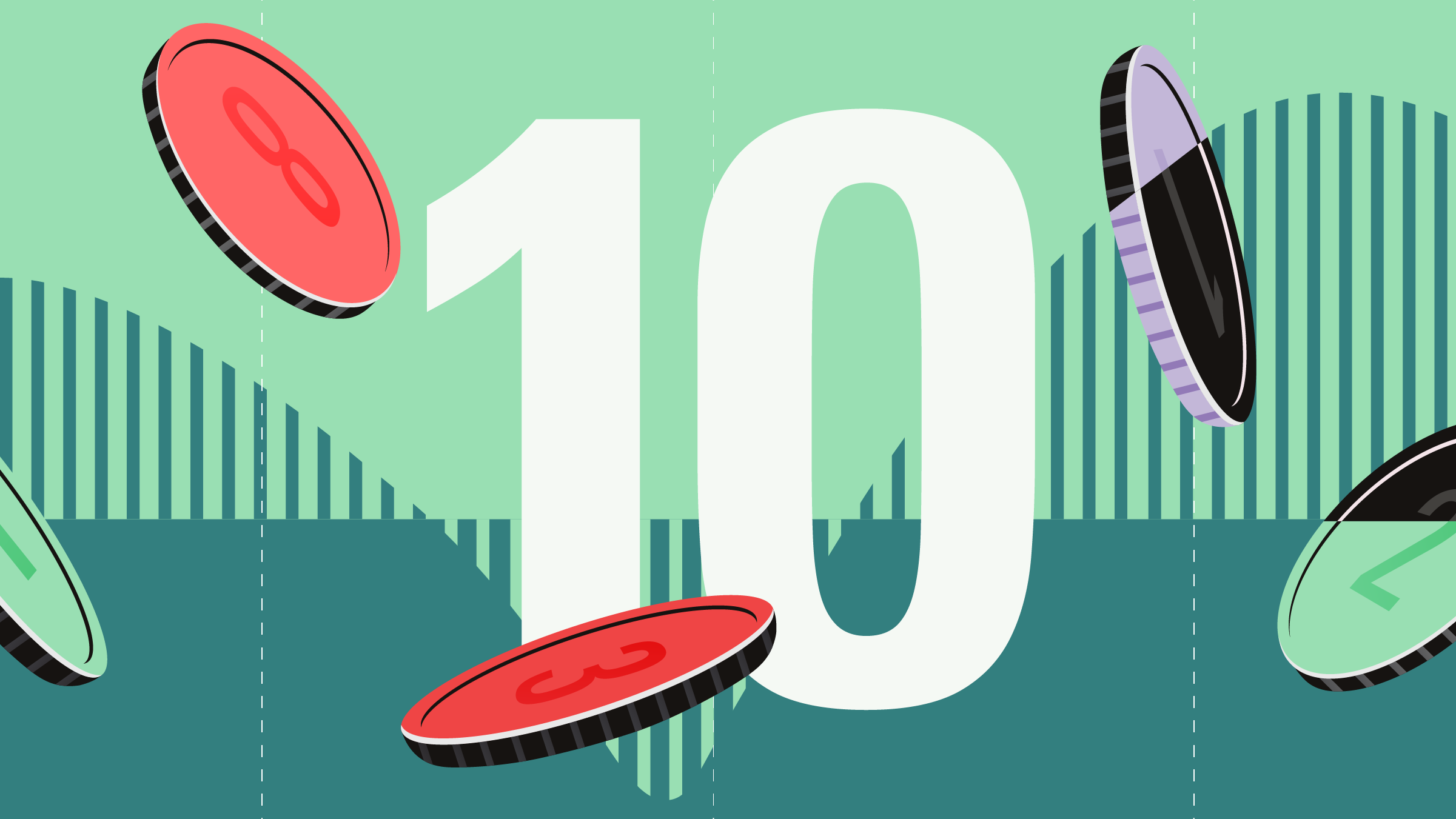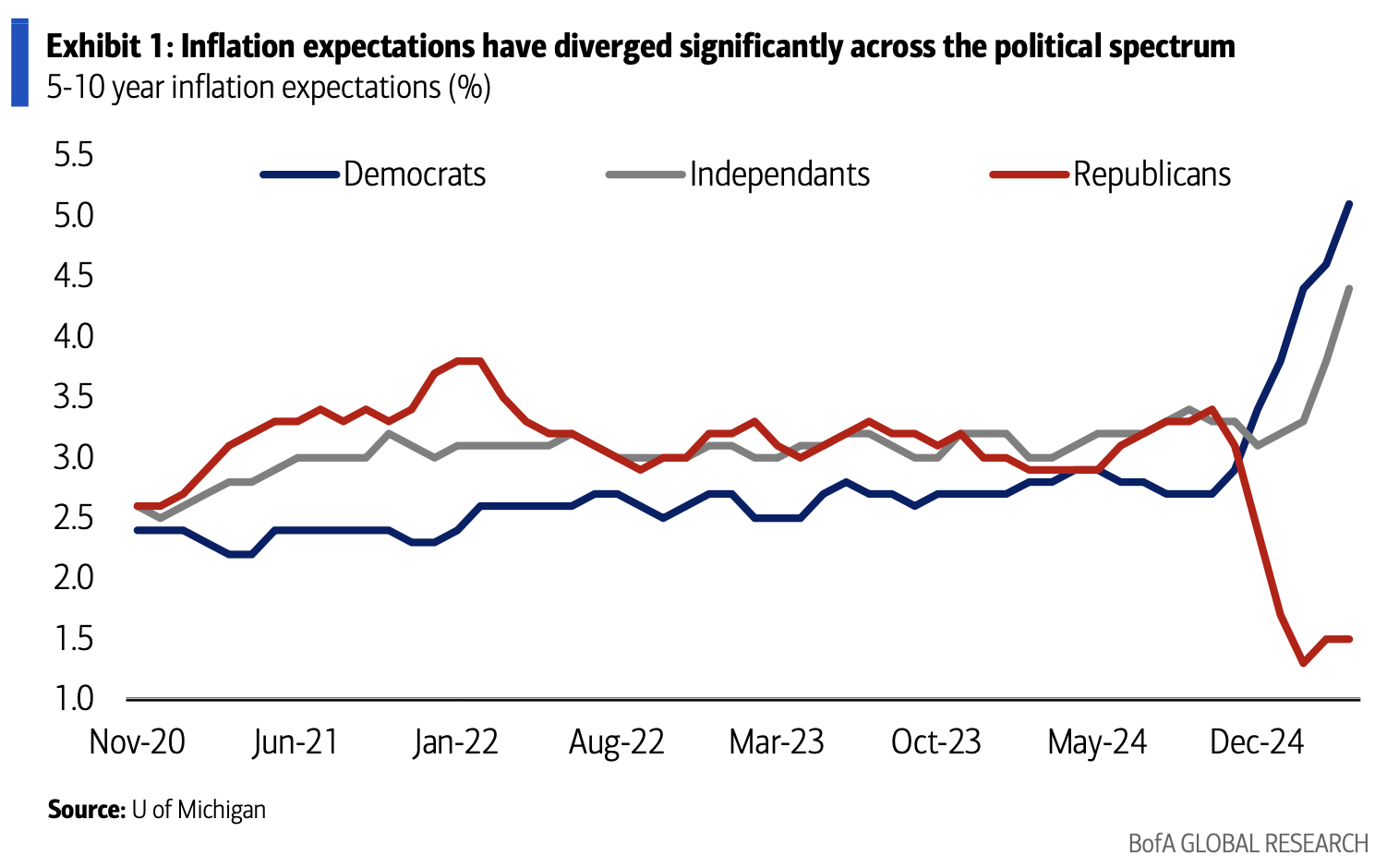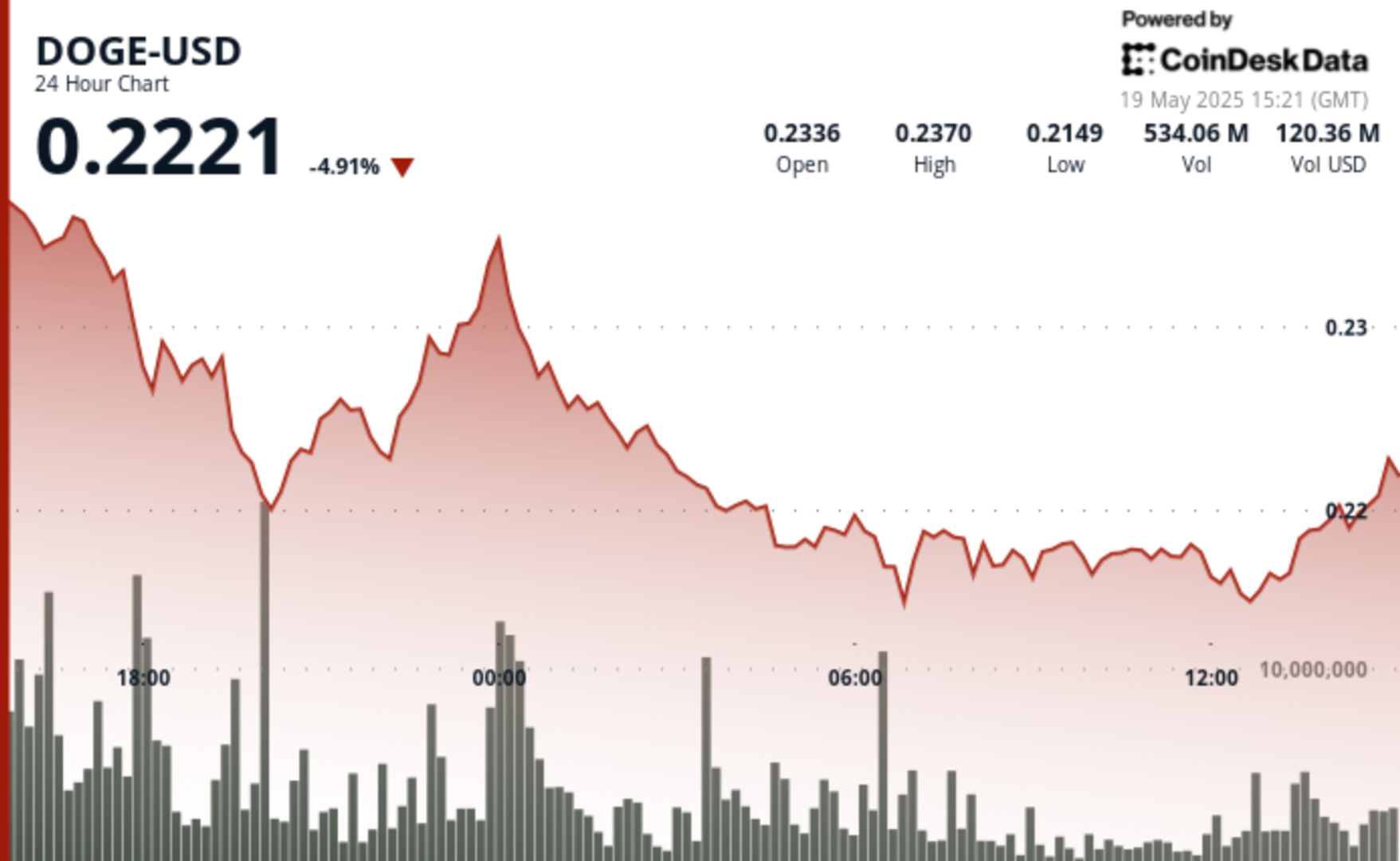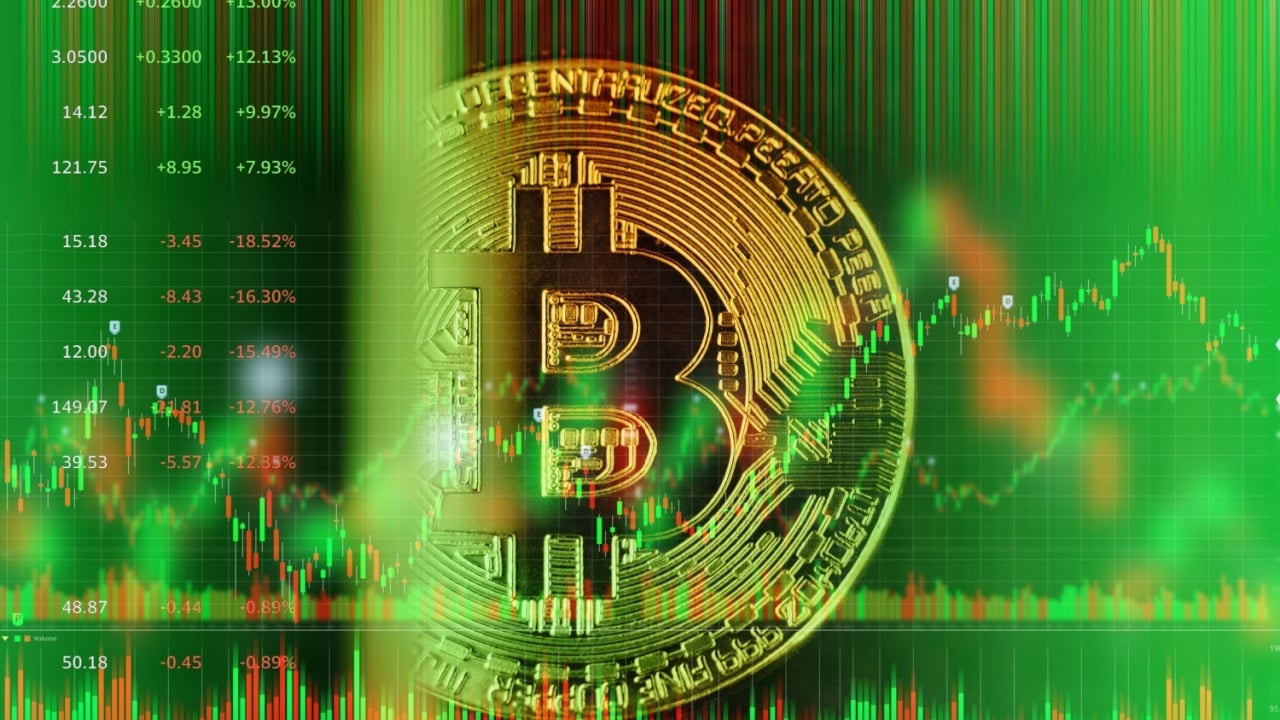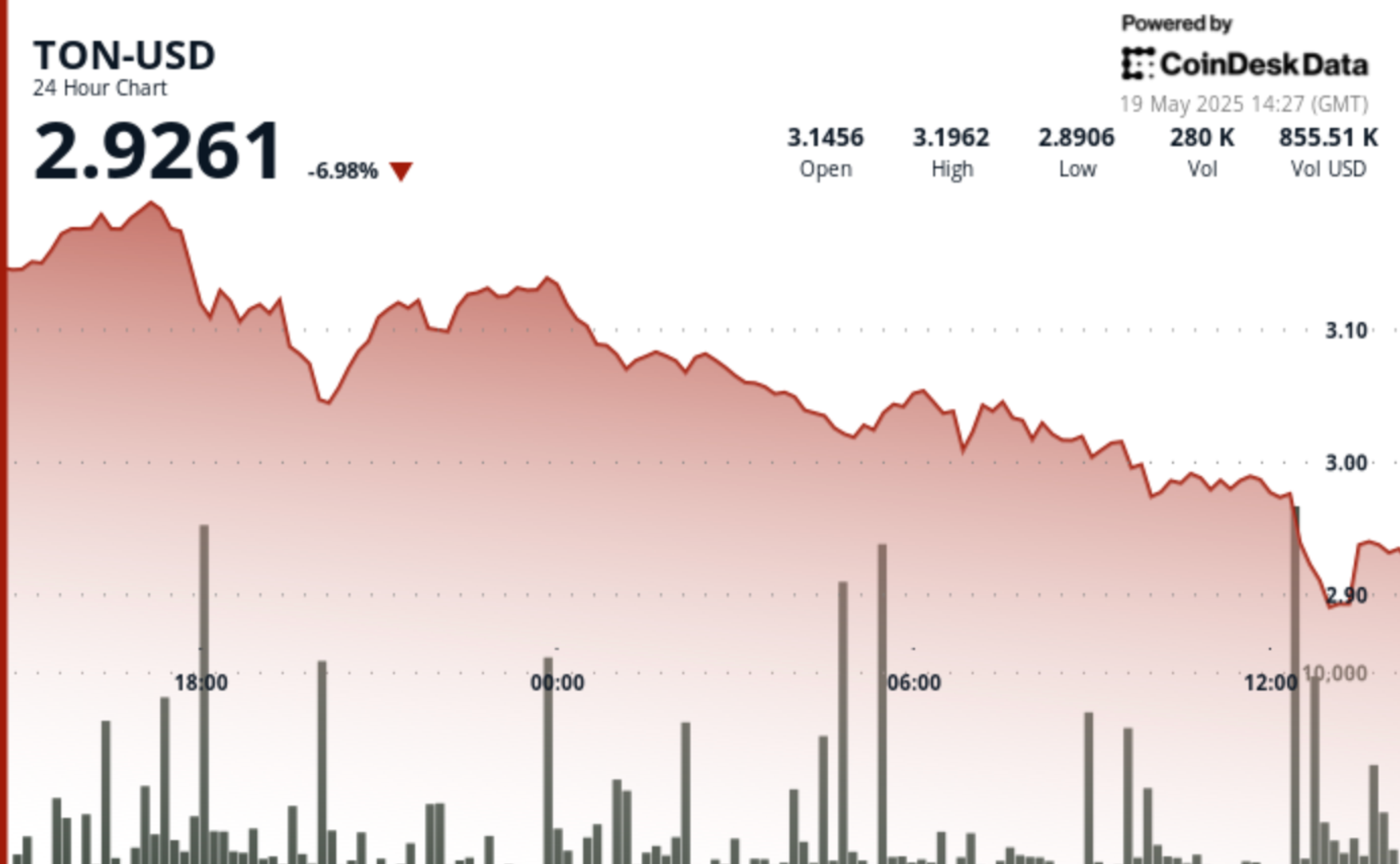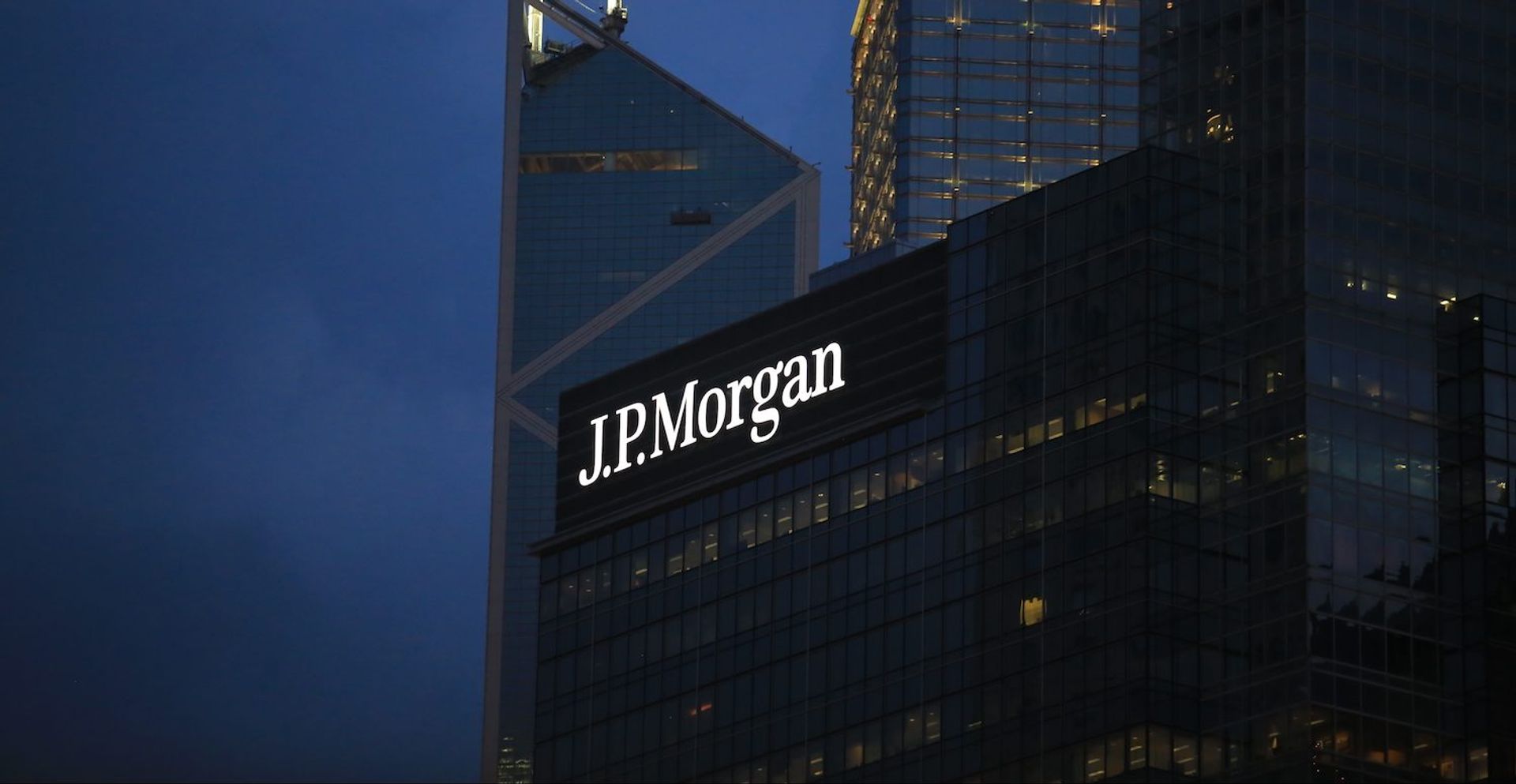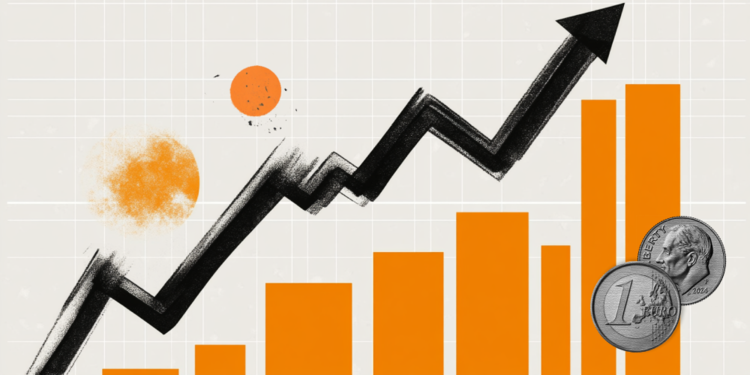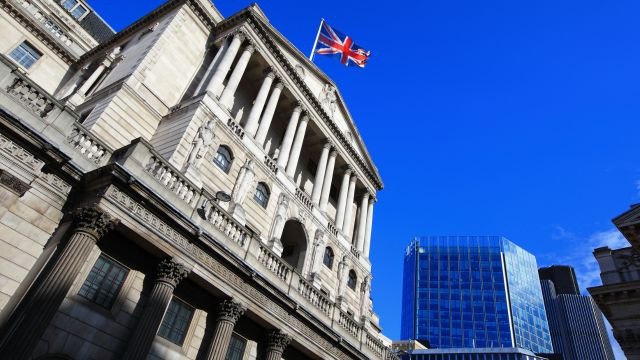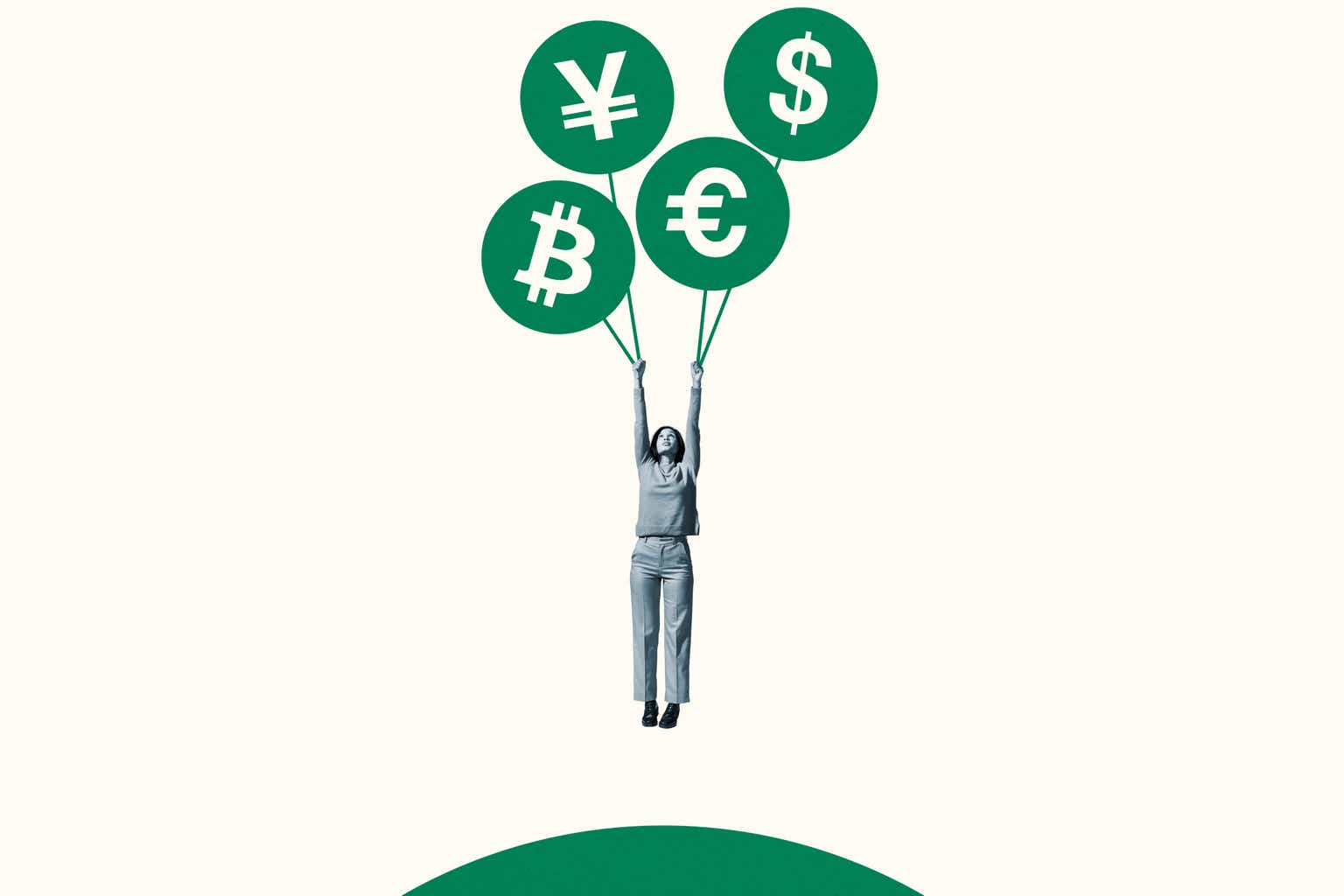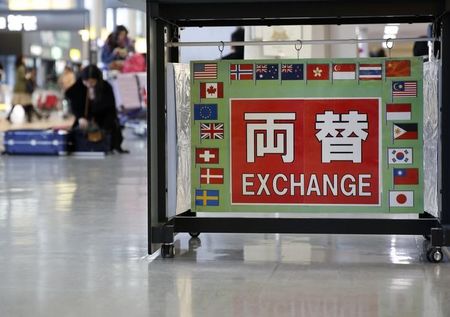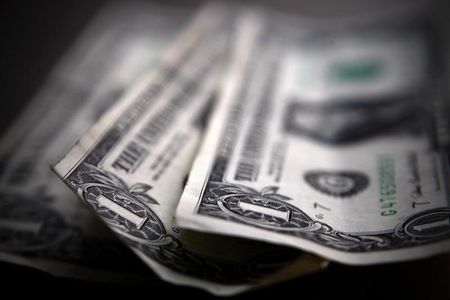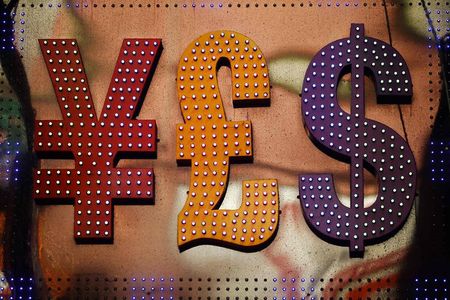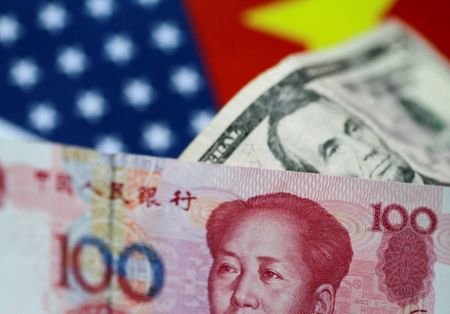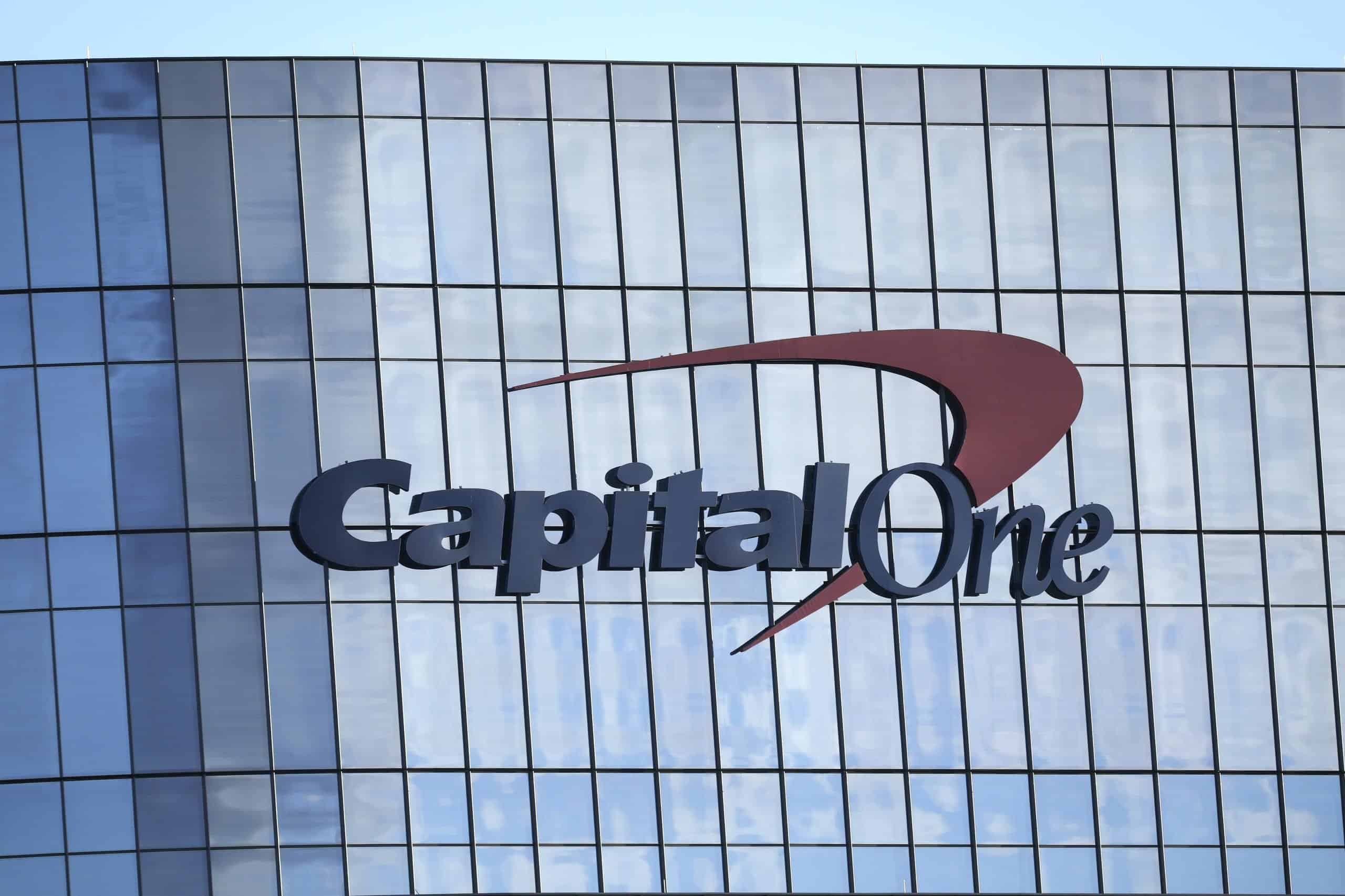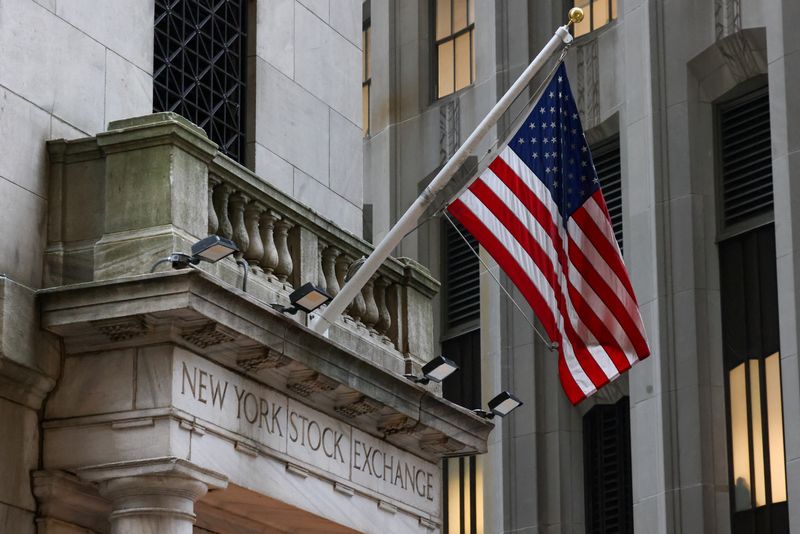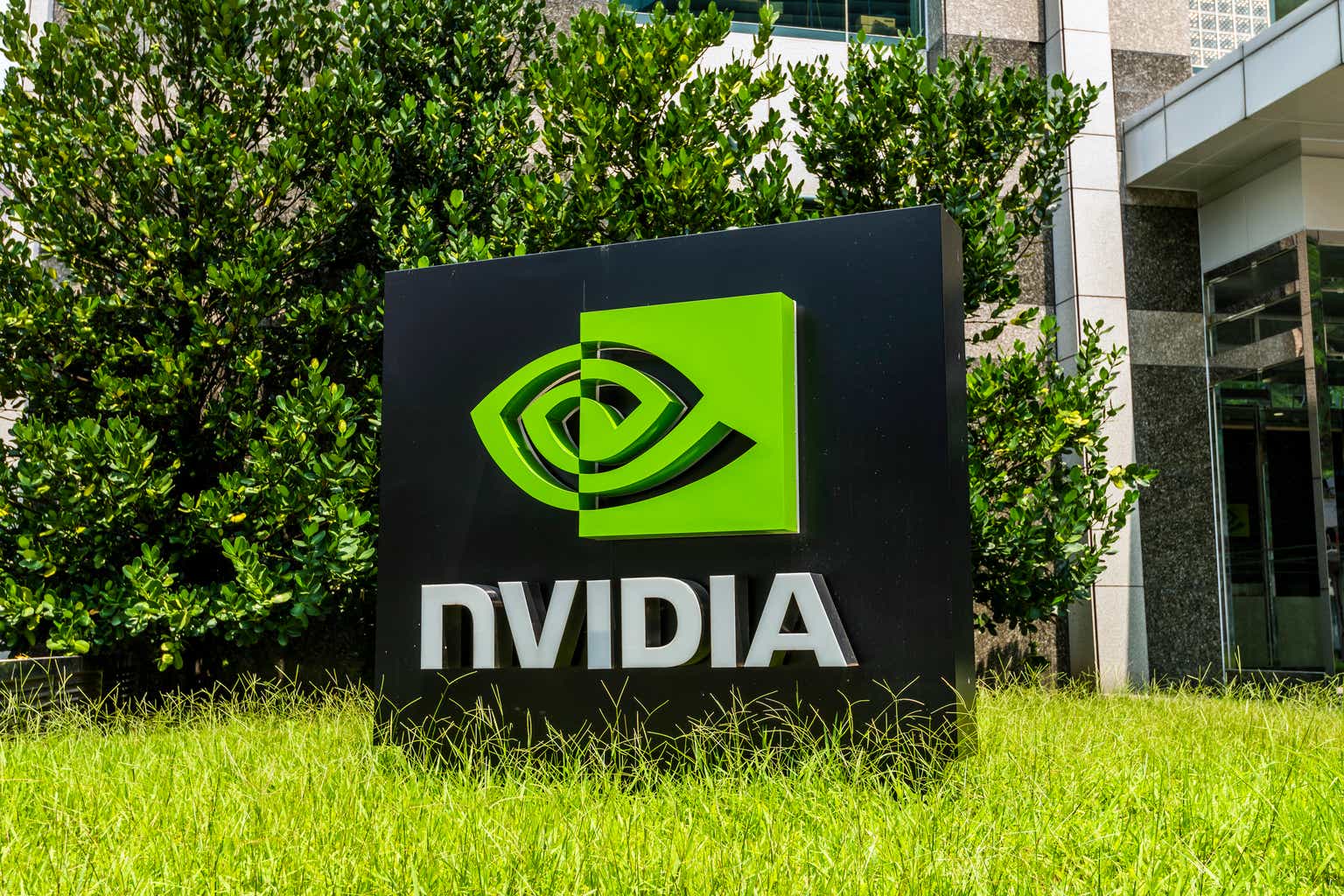If You Invested $1000 In Verizon (VZ) 5 Years Ago, This Is How Much Cash From Dividends You Would Have Today
According to Statista, as high as 75% of all US video content was viewed on mobile devices, as opposed to smart TVs, DVDs, or other hardwired media. In fact, over half of worldwide web traffic is now consumed through mobile devices. Verizon Communications (NYSE: VZ) is presently the largest US wireless carrier, based on its […] The post If You Invested $1000 In Verizon (VZ) 5 Years Ago, This Is How Much Cash From Dividends You Would Have Today appeared first on 24/7 Wall St..
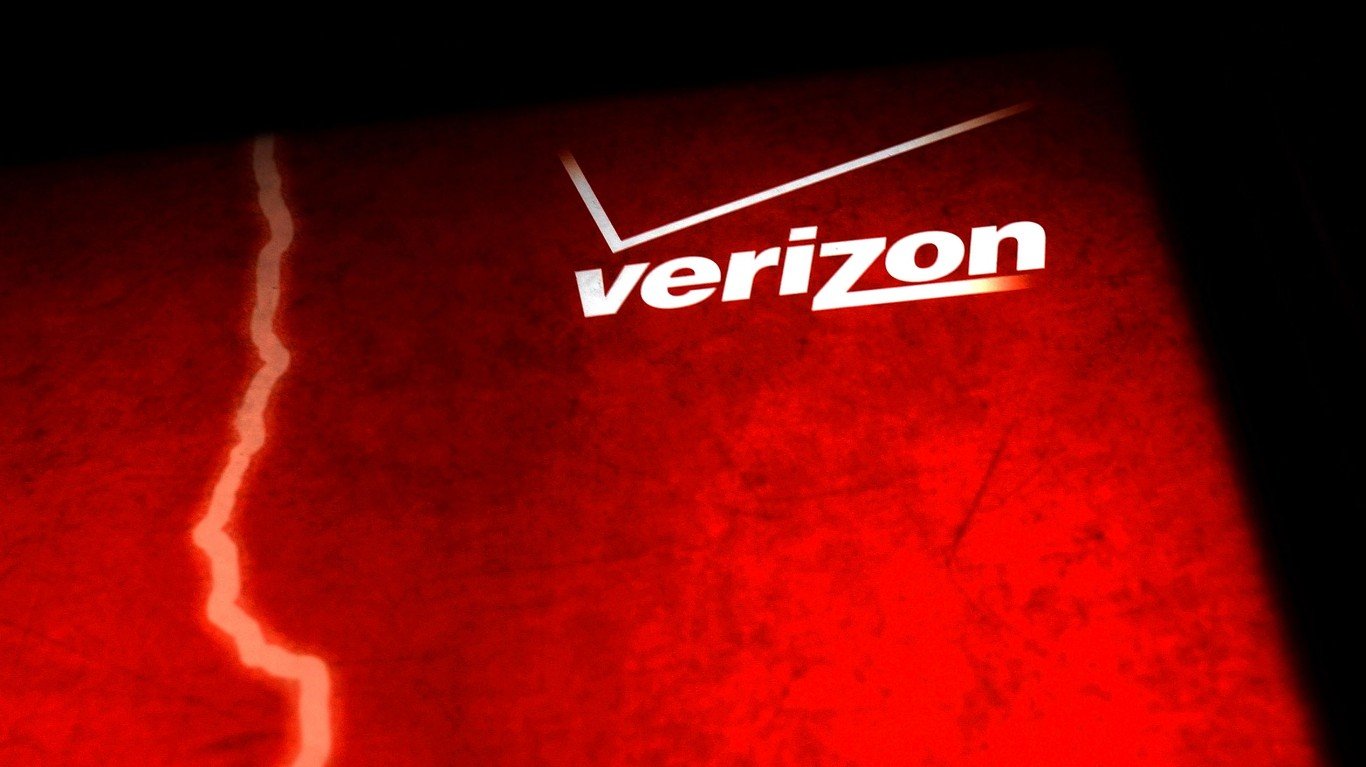
Key Points
-
Verizon Communications has been a solid performer this year, gaining 9% while the S&P 500 and Dow Jones averages were plummeting due to panic selling.
-
With a 6.23% forward yield, income investors relish the dividends along with the capital gains displayed by Verizon.
-
Verizon’s dividend is an excellent example of how a strong dividend can help to mitigate periodic price downturns.
-
SmartAsset’s free tool can match you with a financial advisor who has been carefully vetted and trained to first analyze your situation and requests, and then act in your best interests to build your portfolio. Don’t waste another minute – get started by clicking here.(Sponsor)
According to Statista, as high as 75% of all US video content was viewed on mobile devices, as opposed to smart TVs, DVDs, or other hardwired media. In fact, over half of worldwide web traffic is now consumed through mobile devices.
Verizon Communications (NYSE: VZ) is presently the largest US wireless carrier, based on its extensive national network and subscriber headcount (146 million as of Q1 2025). With its top-level fiber optic system powering its 5G network, Verizon is expanding its 5G and AI technologies, including a $9.6 billion acquisition of Frontier Communications (total value of deal, inclusive of debt, is estimated at $20 billion).
Investors have a couple of reasons to be very pleased with Verizon stock in their portfolios.
- While the Dow Jones Average was losing thousands of points over panic selling reaction to President Trump’s tariff policies, Verizon stock wound up gaining 9% ahead of the Dow’s steady climb back from the abyss.
- Income investors, drawn to Verizon’s current 6.23% yield, have locked in roughly 75-100 basis points of extra yield if they bought Verizon at the beginning of 2025.
Although not yet qualified for membership in the Dividend Aristocrats Club (stocks with 25 consecutive years or more of annual dividend increases), Verizon has been going strong with its dividend increases for 18 consecutive years to date, with 7 years still to go. Unlike most other Dividend Aristocrats or Kings (50 consecutive increase years or more), the Verizon 6.23% yield stands out as abnormally high, rivaled only by companies like Altria and Franklin Resources.
Cash Dividends From Verizon – Making a Difference During Downturn Periods
A $1,000 investment in VZ back in 2020 would be worth $982.86 today, at the time of this writing, which equates to a cumulative -1.71% ROI. The total return would be -$17.14. This is primarily due to a period between July 2022 and October 2023, when Verizon stock was down as low as roughly -35%. The overall wireless communications industry during this time was depressed due to Bidenomics related inflation that curtailed retail account subscription growth for wireless services.
The annualized return equates to -0.32%. This calculation also includes compounding through reinvested dividends. The reinvested dividend value equates to $262.30. The actual cash dividends paid out from the initial 16.38 shares equates to $232.88. If the dividends were not reinvested, the total return would be -$279.44. Therefore, reinvesting the dividends mitigated the overall loss period with an additional return of +$262.30 over a 5-year long period.
The reinvested dividends kept the net loss for the 5 year span to just $17.14, which should be more than made up for in the near-term future, given Verizon’s current trajectory.
The Dividend Is Sexy, But the Upside Even More So

Unlike Altria, whose cigarette business is incrementally declining, but maintains its loyal core following of users due to the overall strength of tobacco’s nicotine adherents and investors as a result of its sky high dividend, Verizon is in a very different boat.
The wireless industry is continuing to expand rapidly, especially as AI and greater digital content become more ubiquitous. AI, the Internet of Things (IoT) and other new demands on broadband 5G connections are certainly going to give Verizon upside boosts in the coming years. Analysts already anticipate Verizon will reach $56 this year, which is already likely to be achieved in the next few months, if the current upside buying bullish trend is sustained.
From a dividend perspective, raising dividends for 18 years in a row is an enviable track record. Now that the inflation issues are in the past, locking in the 6.23% yield would be advantageous for most income investors interested in a high yield, investment grade scenario. While another dividend increase is likely, higher capital appreciation in the stock price will likely still result in a smaller yield for future buyers. It is, however, indisputable that Verizon’s strong dividend was a crucial component of how it mitigated its interim downturn losses between 2022 and 2023.
Those who appreciate the wealth building benefits of compounding and dollar cost averaging who bought Verizon initially in 2020 but added to their position at a lower price in 2022 and 2023, are patting themselves on the back right now.
The post If You Invested $1000 In Verizon (VZ) 5 Years Ago, This Is How Much Cash From Dividends You Would Have Today appeared first on 24/7 Wall St..



























